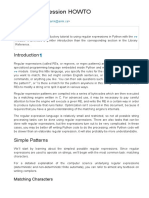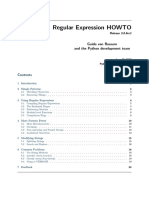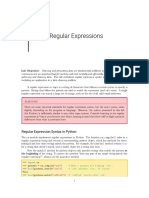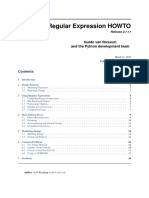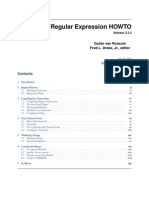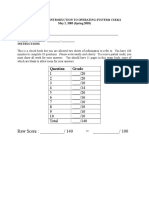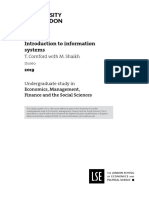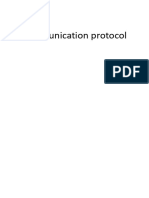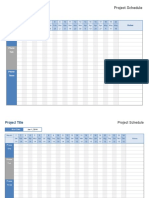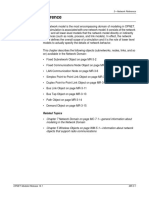0% found this document useful (0 votes)
3 views4 pagesRegular Expressions in Python
This document provides an introduction to regular expressions (regex) in Python, detailing the use of the re module for tasks such as searching and manipulating text. It covers the basics of regex syntax, common functions, and practical examples including phone number validation and email matching. Additionally, it emphasizes the efficiency of compiling regex patterns for reuse.
Uploaded by
clate6941Copyright
© © All Rights Reserved
We take content rights seriously. If you suspect this is your content, claim it here.
Available Formats
Download as PDF, TXT or read online on Scribd
0% found this document useful (0 votes)
3 views4 pagesRegular Expressions in Python
This document provides an introduction to regular expressions (regex) in Python, detailing the use of the re module for tasks such as searching and manipulating text. It covers the basics of regex syntax, common functions, and practical examples including phone number validation and email matching. Additionally, it emphasizes the efficiency of compiling regex patterns for reuse.
Uploaded by
clate6941Copyright
© © All Rights Reserved
We take content rights seriously. If you suspect this is your content, claim it here.
Available Formats
Download as PDF, TXT or read online on Scribd
/ 4








